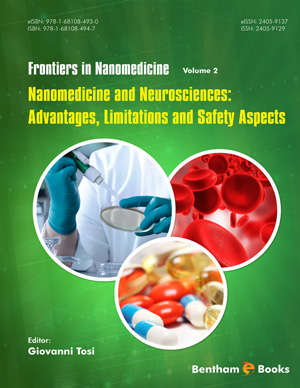Abstract
Cell contact interaction with extracellular environment cooperates in coordinating several physio-pathological processes in vivo, and can be exploited to manipulate cell responses in vitro. Thanks to recent developments in micro/nanoengineering techniques, nano/micro-structured surfaces have been introduced capable of controlling neuronal cell adhesion, differentiation, migration, and neurite orientation by interfering with the cell adhesion machinery. In particular, this process is mediated by focal adhesion (FA) establishment and maturation. FAs cross-talk with the actin fibers and act as topographical sensors, by integrating signals from the extracellular environment. Here, we describe the mechanisms of nanotopography sensing in neuronal cells. In particular, experiments addressing the role of FAs, myosinIIdependent cell contractility, and actin dynamics in neuronal contact guidance along directional nanostructured surfaces are reviewed and discussed.
Keywords: Actin contractility, Contact guidance, Cytoskeleton, Focal adhesions, Mechano-transduction, Neuron, Nanostructured substrates, Neurite, Nanograting, Nanogroove.




















